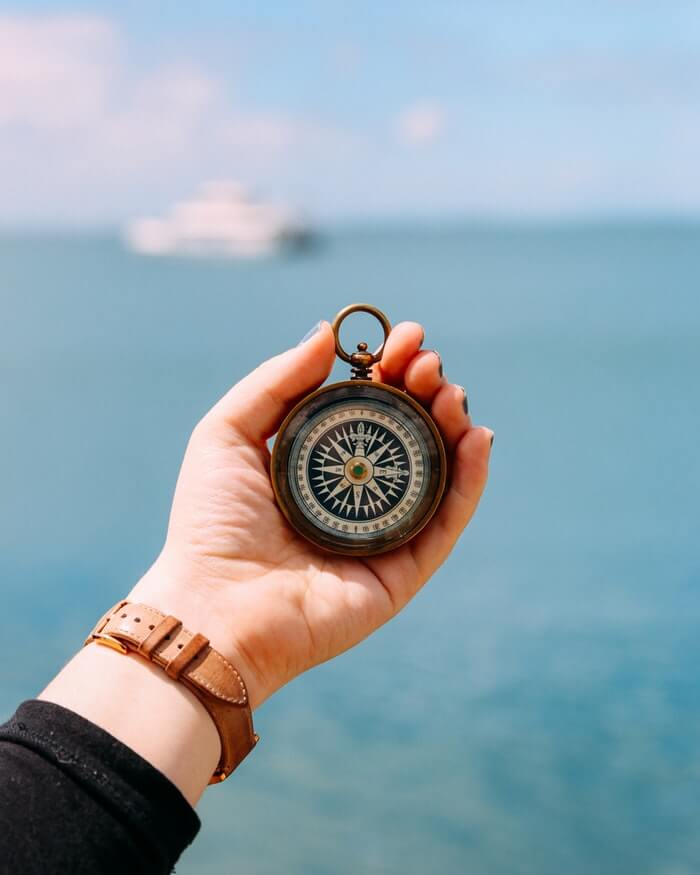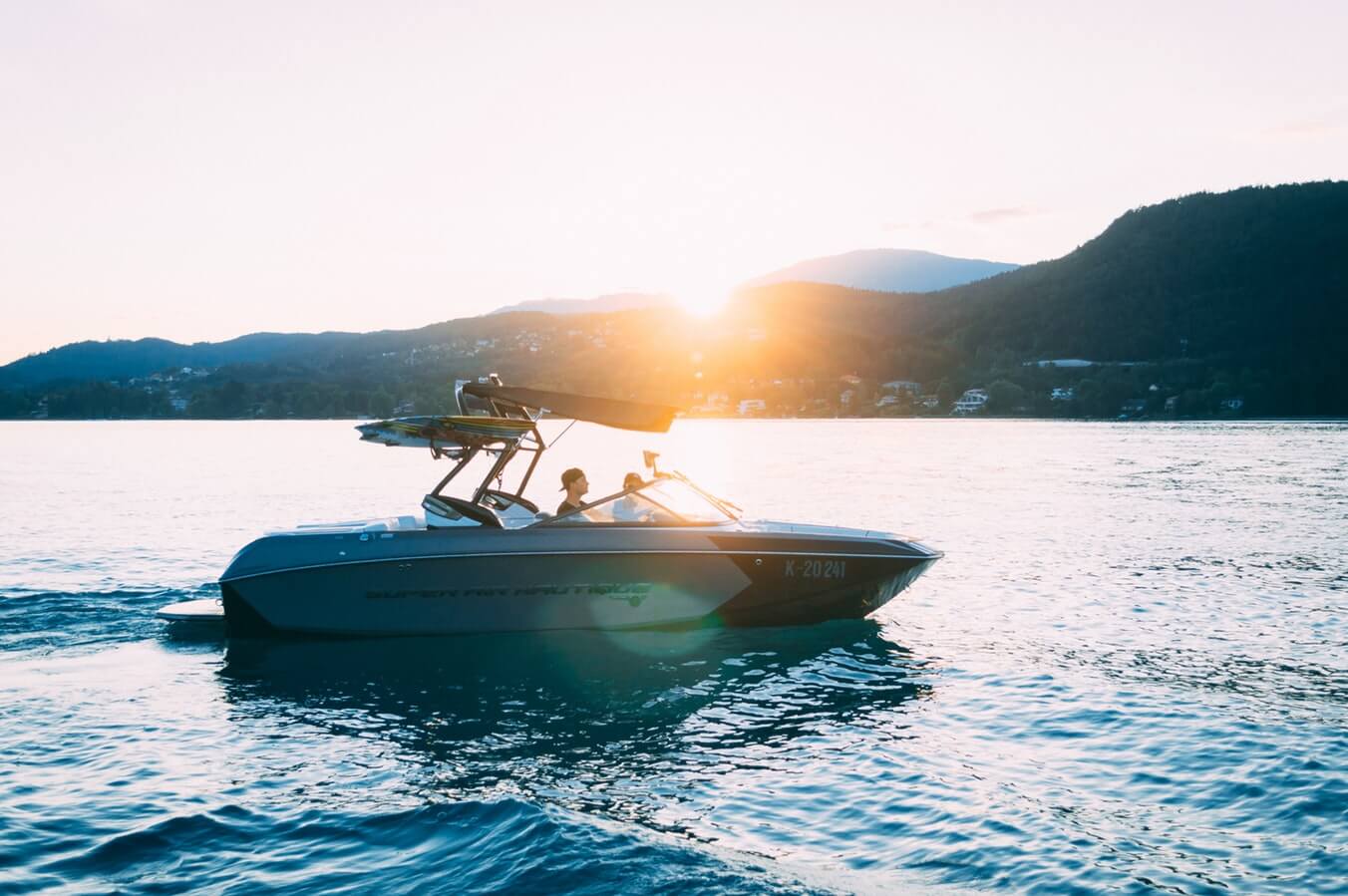When you’re out on the water, safety comes first. Following these safety tips will help to enhance your boating experience so that you, your family and your friends can fully enjoy your boating adventure.
Clear Communication
Before you leave, ensure to tell your friends, family members and local marine rescue organisation of your intended destination and return time. Don’t rely on using your mobile once underway as reception on the open seas can be sketchy. 27MHz or VHF marine radios are essentials to have onboard for use as your main form of communication.
Alternatively, if you intend on heading more than two nautical miles from the shore, we recommend having a 406MHz EPIRB (Emergency Position Indicating Radio Beacon). Just ensure that it is registered with AMSA (the Australian Maritime Safety Authority) and is within the date specified by the manufacturer. All of these high-tech communication gear will be useless unless you know who to call, so remember to keep a list of emergency contact numbers on board.
Before You Head Out
Any boating trip is bound to be impacted and influenced by external factors. The largest of which is Australia’s unpredictable weather. Make sure to check the forecast before heading out as well as any warnings issued by the bureau of meteorology. Marine Weather is another handy resource for checking essential information before heading on a boating trip.
When examining the conditions ensure to pay attention to:
- Current warnings
- Weather conditions including fog, rain, storms and UV ratings
- Wind conditions
- Wave conditions
- Tide times
Once out on the water if the weather takes a turn for the worse, we recommend heading back to shore and safety if possible. It’s always better to get home safe and head out another day.
Before leaving on your boating adventure another important safety protocol is to check your battery and fuel levels. Ensure your battery is fully charged and that you have plenty of additional fuel on board. There should be enough to cover the entire round trip plus some excess, just in case.



Stay Alert
Keep to a safe speed and always be on the lookout for other vessels. Boats can appear unexpectedly and could be coming from any direction. Also make sure you stick to the open waters as international guidelines state boats should not travel withing 60 metres of:
- Bathing areas
- People in water
- Shores
- Jetties
- Ramps
- Moored vessels
Blood alcohol limits apply when you are operating a boat just as they do when you’re driving on roads. The skipper must be under a 0.05 alcohol reading and is responsible for the safety of all passengers on board. This includes monitoring passengers’ alcohol consumption and general behaviour. The skipper is also in charge of observing maritime rules and supervising children. We also recommend that at least one person on board has knowledge of CPR and that you travel with a fully stocked first aid kit. An onboard CPR chart is also handy as an additional precaution.
Certain areas of Australia are also what we refer to as ‘croc country’, meaning inhabited by crocodiles. If you’re headed out on a trip anywhere along the Queensland, Northern Territory or northern Western Australian coasts remember to be crocwise! Keep a lookout and avoid swimming in the surrounding waters to keep yourself and your shipmates safe.
Essential Equipment
Every person on board should be equipped with a lifejacket with a level 100 rating or greater. These are recommended for use on open waters with a level 50 jacket allowed for partially smooth waters. If you have any children on board aged 10 or under, they should be wearing their life jacket at all times. Some states require this by law so make sure you check before heading out.
Other essential items of boating safety equipment include:
- Anchor and chain/line
- Bailer/fire bucket with lanyard
- Bilge pump
- Fire extinguisher
- Distress flares
- Safety label suited for your vessel
- Paddles/oars
- Air horn, whistle or bell
- Waterproof torch
Additional items we recommend for travel on open waters include a compass, paper and/or electronic map (though both is preferable), additional drinking water for each person on board (at least 2L each) and a V sheet to signify distress.
Safety and legal requirements can differ between states but there is an overarching reference you can use as a starting point. The Australian Maritime Safety Authority is great for outlining all the important aspects of safe boating and each state should have its own government maritime site.
Read up before you go on the basic laws and guidelines to ensure for a fun and safe boating experience!
For more tips on safe boating, travel guides and recommendations subscribe to OneAdventure today!
If you’re looking to upgrade your caravan, camper, boat or 4WD, get a 30 second quick quote on finance with CreditOne – Australia’s best rated finance broker.



